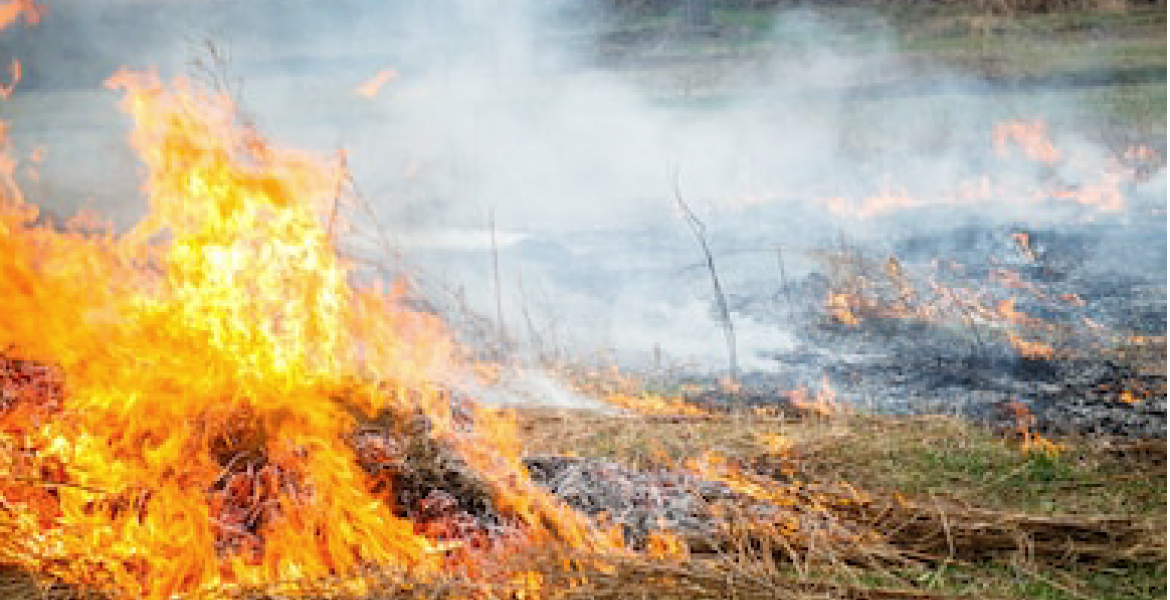AUSTIN, TX – Chronic Wasting Disease (CWD) has been discovered in a free-ranging 8 ½-year-old mule deer in Lubbock County, marking the first positive detection of the disease in the county. In coordination with the Texas Animal Health Commission (TAHC), Texas Parks and Wildlife Department (TPWD) is working to develop a containment & surveillance zone in the area.
The tissue samples were gathered as part of routine deer mortality surveillance and revealed the presence of CWD during testing at the Texas A&M Veterinary Medical Diagnostic Laboratory (TVMDL) in College Station on Feb. 26th.
Because eradication is thought to be impossible once CWD becomes established in a population, it is imperative that TPWD work with landowners, hunters and other agencies to contain the disease within a limited geographic area and prevent it from spreading further among Texas deer populations.
“Although a new CWD discovery is always concerning, it’s important to realize that CWD is still not widespread in Texas,” said John Silovsky, Wildlife Division Director for TPWD. “The years of work and vigilance by our staff and partners and the help of hunters and landowners, continue to be well worth the effort. It remains vital that we keep on task to protect our native deer, which are important for our outdoor heritage and the economy across our state.”
TPWD conducts CWD sampling efforts statewide throughout the year. Quick detection of CWD can help to determine the presence of the disease among herds in a given area and further mitigate the spread. During this sampling season TPWD collected more than 13,000 samples across the state and confirmed CWD in 11 free range mule deer and 5 white-tailed deer, all in previously identified containment or surveillance zones.
CWD was first recognized in 1967 in captive mule deer in Colorado. CWD has also been documented in captive and/or free-ranging deer in 26 states and 3 Canadian provinces.
In Texas, the disease was first discovered in 2012 in free-ranging mule deer along a remote area of the Hueco Mountains near the Texas-New Mexico border, and has since been detected in 213 white-tailed deer, mule deer, red deer and elk in Dallam, El Paso, Hartley, Hudspeth, Kimble, Lavaca, Medina, Uvalde and Val Verde counties, 148 of which are connected to deer breeding facilities and release sites.
CWD is an always fatal neurological disease in deer, elk, moose and other members of the deer family, known as "cervids,” that commonly results in altered behavior because of microscopic changes that occur in the brain of affected animals. An animal may carry the disease for years without outward indication, but in the latter stages, signs may include listlessness, lowering of the head, weight loss, repetitive walking in set patterns, and a lack of responsiveness. To date there is no evidence that CWD poses a risk to humans or non-cervids. However, as a precaution, the U.S. Centers for Disease Control and the World Health Organization recommend not to consume meat from infected animals.
TPWD and TAHC are analyzing existing data to define containment and surveillance zones and will soon begin reaching out to the Buffalo Springs and Ransom Canyon communities, as well as neighboring landowners, in a public forum to provide awareness and education on CWD, best management practices and how to mitigate this insidious disease.
Subscribe to the LIVE! Daily
Required






Post a comment to this article here: